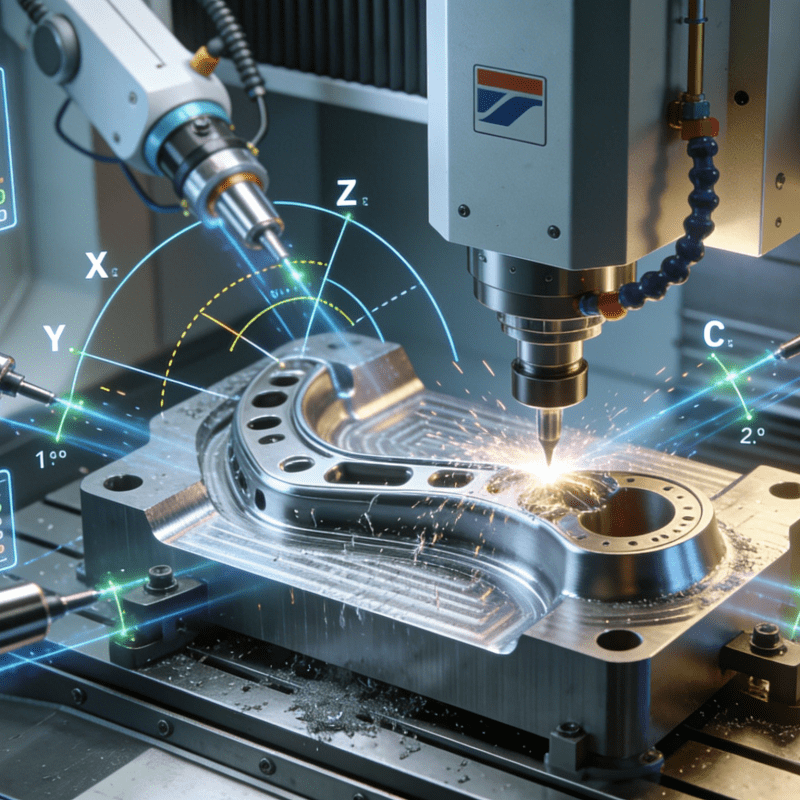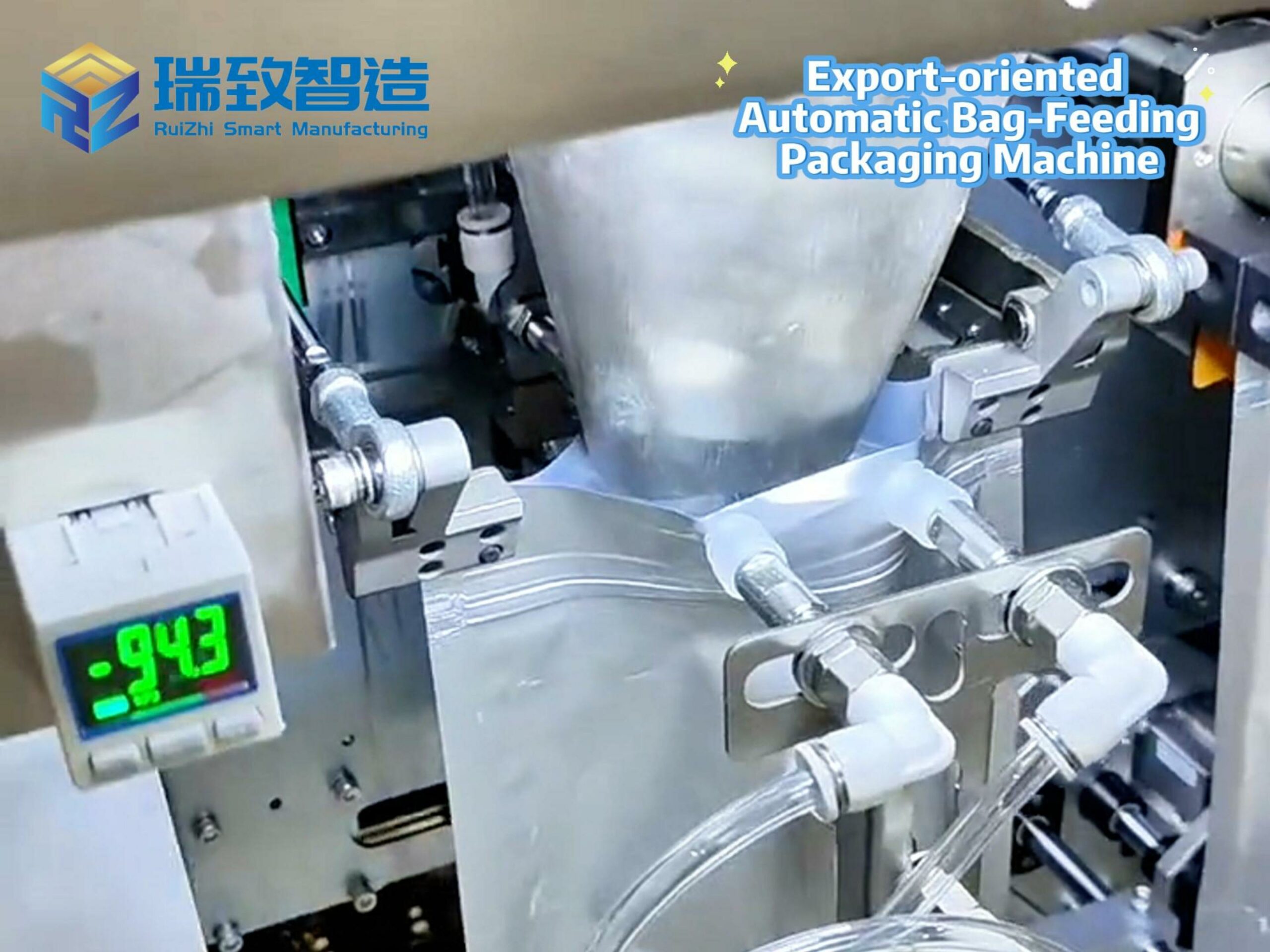
Artificial intelligence (AI) may be the most promising technological revolution in history. It is poised to advance healthcare and medicine, accelerate scientific discovery, transform education and learning, and significantly boost productivity and wealth.
The benefits of AI are not just theoretical, nor are they reserved for a distant future. At my institution, most colleagues regularly use AI tools to enhance productivity and creativity. The efficiency gains from AI free up their time for critical and deep thinking, leading to greater impact and better outcomes in our work.
To take a corporate example, Microsoft reports that its call centers saved $500 million in one year through AI-driven productivity and efficiency improvements. Moreover, we have already seen the technology used to save lives in fields ranging from stroke rehabilitation to wildfire suppression.
If we allow it, AI promises to increase prosperity, spur human flourishing, and enrich all our lives.
But the benefits gained so far may pale in comparison to what could lie ahead. To be sure, some experts argue that the wealth generated by AI applications will be modest—perhaps a 1% to 2% boost to U.S. GDP over the next decade. While this is hardly trivial, more optimistic forecasters suggest GDP could rise by as much as 8% or even 15% over the same period.
The Threat of Regulation to Progress
Excessive government regulation can pose a severe threat to emerging, promising technologies. This is especially true in AI, where many prophets warn of significant risks to humanity—even existential ones. This has put policymakers and regulators on high alert, vigilant for new threats from AI and ready to impose strict regulatory measures to address these perceived dangers.
Most of us are not technology experts, nor, heaven knows, futurists. But everyone can recognize one of history’s most familiar patterns: the emergence of a promising technology is almost always accompanied by fears of its risks or negative impacts, often including doomsday scenarios. In every historical case, these technologies did have risks and downsides, but they paled in comparison to the enormous benefits they brought to humanity. The arguments against AI are not without merit. But the stronger argument is that AI could be one of the most beneficial technologies humanity has ever seen.
This is why over-regulation in AI is particularly concerning.
First, the cost of getting it wrong—stifling the technology and depriving society of its benefits—is incalculable. Hampering AI innovation itself causes harm—for example, delaying life-saving inventions like self-driving cars and healthcare tools, or blocking access to AI-powered cybersecurity applications.
Second, pushing for regulation to ensure AI is “safe” pits speculative fears against the technology’s tangible and growing benefits. Ironically, “regulating AI to safety” is doomed to futility: just as water flows downhill, the evolution of advanced AI capabilities—for better or worse—will inevitably proceed apace, regardless of regulations enacted by the U.S. or other Western nations. The most likely outcome is that the U.S. will fall behind in competition with another AI superpower: China. Moreover, with free, high-quality open-source AI tools readily available, it is hard to imagine regulations stopping people from using applications that can simply be downloaded from the internet.
This threat is compounded by the risk of regulatory capture. Large incumbent firms often cheerlead for regulation because it helps entrench their position: they can lobby for rules whose costs they can easily bear—knowing smaller, emerging competitors cannot. Logically, innovative startups are the least able to shoulder such burdens. In AI, regulation based on model size or computing resources inherently favors large corporations over innovative newcomers who might otherwise develop more efficient approaches.
Learning from History
Today, seven of the world’s 10 most valuable companies are U.S. tech giants. One reason for their success is that U.S. policymakers wisely adopted a light-touch regulatory approach to the tech sector, particularly the internet, over the past 25 years. Yet with AI technology, we may end up on a very different path, even though it is at least equally promising.
My colleague Jennifer Huddleston, a senior fellow at the Cato Institute, notes: “Much of the discussion around AI policy is based on the assumption that the technology is inherently dangerous and requires government intervention and regulation.”
This mindset prompted President Joe Biden’s administration to issue an “Executive Order on the Safe, Secure, and Trustworthy Development and Use of Artificial Intelligence” in October 2023. The order focuses on potential negative impacts of AI, including safety risks, threats to personal privacy and rights, labor market risks related to diluted or disappearing jobs, and the possibility that AI algorithms could exacerbate bias or discrimination.
The executive order is broad in scope, promising extensive reporting requirements and significant regulatory frameworks. However, much of this framework remains undefined, as numerous government agencies are tasked with developing standards, guidelines, and regulations to address issues pervasive across industries and disciplines.
This early and comprehensive move to regulate AI raises two major red flags.
First, while AI has been in development and use for decades, the current pace of technological advancement means we are still in the early stages of its evolution. In such times, it is hubris for policymakers to imagine they can design and implement a regulatory framework that effectively achieves their ambitious goals without stifling the technology or harming America’s AI industry. The trajectory and overall impact of AI remain highly uncertain.

Second, this uncertainty suggests that any move toward comprehensive regulation is likely unwise. This is certainly the case when such moves are implemented via executive order. If the U.S. considers any meaningful AI regulation at the federal level, the stakes and uncertainty make respecting our constitutional structure critical. That is, major AI policy changes should occur only through the legislative process, not executive orders, and courts should apply existing laws to emerging AI applications without adopting new legal theories.
The current U.S. administration, under President Donald Trump, took a step in the right direction by early revocation of President Biden’s 2023 AI executive order. The recent release of the U.S. AI Action Plan outlines some practical AI policy goals. Foremost among them are removing barriers to AI development and adoption, promoting open-source AI, and reducing regulatory obstacles to critical infrastructure necessary to support AI’s flourishing.
However, the plan also suggests a role for the federal government in AI education, workforce training, and various potential investments and supports for the broader AI ecosystem. While more details are needed to fully understand the scope of these potential interventions, they likely reflect a confidence in the effectiveness of such government actions that runs counter to historical experience.
Perhaps the most glaring omission in the administration’s plan is any mention of potential international talent immigration and retention to strengthen U.S. AI leadership. Despite the administration’s emphasis on the need for the U.S. to “win the AI race” against China, it says nothing about one of our most important assets: the global talent pool—including, no doubt, top AI researchers and engineers—eager to immigrate to the U.S. This is perhaps not surprising given the administration’s overall stance on immigration. But it is undoubtedly a mistake.
The Path Forward
Arguably, the tech sector is one of the few success stories of America’s regulatory system in this century: a light-touch, market-oriented approach that carefully preserved the industry’s enormous upside without strong assumptions about downside risks.
We should let history repeat itself and follow a similar path in regulating AI technology going forward. Every innovation carries risks, and we often forget that existing legal systems—including laws related to fraud, discrimination, and consumer protection—are sufficient to address many potential harms. Moreover, before wielding the regulatory sledgehammer, it is wise to consider alternatives. For example, education and digital literacy play a vital role in protecting individuals from AI fraud and other threats, such as deepfakes. These defenses empower consumers while preserving the benefits of AI innovation.
Finally, another lesson from the explosion of new technologies over the past 30 years—and America’s dominance in the field—is the critical role played by the exceptional talent the U.S. can attract. The prevalence of immigrants in leadership roles at U.S. tech companies and emerging startups should tell us something.
To realize AI’s promise, we must not impose regulatory burdens that kill the goose that could lay the golden eggs. If the U.S. is sincere in its desire (as it claims) to lead in AI as it has in so many other technologies, barriers to talent and innovation from government and regulators must be removed—and stay removed.




















